
The principle of intelligent warehousing management system In different places, the work content is different, and the principle used is also different: warehousing entry and exit management, using ultra-high frequency readers to do warehousing entry and exit management, which can quickly identify the entry and exit of goods.
It is a new generation of integrated management information system developed by MRP (Material Resource Plan). It expands the function of MRP. Its core idea is supply chain management. It jumps out of the boundaries of traditional enterprises and optimizes enterprise resources from the scope of the supply chain. It is a new generation of information based on the network economy era. Rest system.
The use of three-dimensional warehouse equipment can realize the high-level rationalization, access automation and operation of the warehouse; automated three-dimensional warehouse is the current form with a high technical level. The main body of the automated three-dimensional warehouse is composed of shelves, lane stacking cranes, in-(out) warehouse workbenches and automatic in-in (out) and operation control systems.
Intelligent: Intelligent warehousing uses Internet of Things equipment and sensors to monitor, track and control the movement and storage of goods in real time, so as to realize intelligent management of warehouse operations.
Compared with traditional warehouse management, traditional warehouse management generally does not involve accurate real-time data. Manual data recording has a relatively high probability of error, but also cannot query data in real time. The application of data is not as intelligent as modern warehousing and logistics.
Warehouse Management System (WMS): Intelligent shelves are integrated into the warehouse management system. WMS is responsible for the inventory management of the entire warehouse, interacting with sensors and equipment on smart shelves, and monitoring and updating inventory data. Automated storage and retrieval system: Intelligent shelves are usually used in combination with automated storage systems.

usually includes the following principles: Data collection: Intelligent customer service system first needs to collect a large amount of text data, which can be questions, requests, feedback, etc. entered by users in the chat window. These data usually come from websites, applications, social media and other channels.
The understanding and response system of intelligent customer service is usually based on natural language processing (NLP) and machine learning (ML) technology.NLP technology enables computers to understand and interpret natural language and convert it into a machine-readable format. Intelligent customer service uses NLP technology to analyze and understand the text or voice entered by the user, and determine its meaning and context.
Intelligent customer service is based on artificial intelligence technology. Intelligent customer service is a virtual customer service system built with artificial intelligence technology. It can identify, understand and answer users' questions through natural language processing (NLP), machine learning, deep learning and other technologies, and provide intelligent customer service.
Intelligent customer service robots use natural language processing technology and deep network neural algorithm models to understand the meaning of the user through the structure and content of the whole sentence and understand the true meaning expressed by the sentence.
The basic principle of the property intelligent system is as follows: the property intelligent system realizes data collection of various facilities and equipment in the community and building by connecting various sensors and intelligent equipment. These data can include various parameters and indicators such as temperature, humidity, lighting, access control, video surveillance, etc.
Reduce traffic accidents and various social security incidents caused by lighting failures or omissions.
Intelligent control: Intelligent control refers to the use of artificial intelligence technology to control and optimize intelligent systems, such as smart home, intelligent transportation, etc. In a word, the principles of artificial intelligence technology mainly include machine learning, deep learning, natural language processing, computer vision, knowledge representation and reasoning, intelligent control, etc.
Water and fertilizer integration technology is a new agricultural technology that integrates irrigation and fertilization. A complete water and fertilizer integration system includes components such as water source engineering, first hub, field transmission and distribution water pipe network system and dripper.
The integrated intelligent irrigation system of the greenhouse mechanism blueberry water and fertilizer mainly uses sensors, controllers, actuators, the Internet and other technologies to monitor and regulate the water, nutrients, temperature and other parameters of the blueberry growing environment in real time to achieve the purpose of intelligent and automated management.
The water and fertilizer integrated equipment monitors the moisture content in the soil through its soil humidity sensor. If the soil water content is monitoredWhen it is below the standard, the system will automatically turn on the irrigation equipment, and when the moisture reaches the standard, it will automatically turn off the irrigation equipment.
Smart agriculture, water and fertilizer integration What is water and fertilizer integration? The integration of water and fertilizer is a water-saving agricultural technology that uses pipeline irrigation systems to dissolve fertilizer in water, carry out irrigation and fertilization at the same time, meet the needs of crops for moisture and nutrients in a timely and appropriate manner, and realize the synchronous management and efficient utilization of water and fertilizer.
The main technology of water and fertilizer integration application: it is to automatically control irrigation and fertilization through sensors, and the soil humidity sensor to monitor the moisture in the soil. When it is below the standard, the irrigation equipment will be automatically turned on. The principle of fertilization is the same. Soil nitrogen, phosphorus and potassium sensors are used to monitor the soil.
The water and fertilizer integrated fertilization system is originally composed of two parts: the irrigation system and the fertilizer solution mixing system.The irrigation system is mainly composed of irrigation pumps, pressure stabilizers, controllers, filters, field irrigation pipe networks and irrigation solenoid valves.
1. The working principle of intelligent street lamp is as follows. Applying power line carrier technology (PLC) and GPRS communication technology, the user is on the mobile phone terminal Issue an instruction, through GPRS, the system accepts the instruction, and then sends it to the controller through the power line carrier. The controller takes action, completes the instruction, and realizes the function.
2. The principle of this system mainly includes the following aspects: Light sensor: Light sensor is installed in the system to sense the light intensity of the surrounding environment in real time. The sensor will transmit the perceived light intensity signal to the controller.
3. Working principle: The control system of intelligent street lamps mainly controls three indicators. The first is the voltage index, the second is the photometric index, and the third is the time indicator. It needs to process not only their characterization data, but also control them according to the requirements of different working conditions.
4. Street lamp controller is a device used to control street lamps. Its principle is to automatically adjust the brightness and switching status of street lamps by sensing factors such as ambient light intensity and time, so as to achieve the purpose of energy saving and improving the service life of street lamps.
5. The working principle of solar induction street lamps is as follows: Solar power generation: solar panels convert solar energy into direct current energy. When sunlight shines on the battery board, the light energy is absorbed by the photovoltaic battery and converted into electrical energy through the photoelectric effect. Energy storage: The battery stores the electricity generated by power generation in the battery.
6. The working principle of the light-controlled street lamp can be briefly summarized as follows: the photosensitive element senses the change of ambient light intensity and converts it into an electrical signal; the controller controls the brightness of the lamp according to the size of the electrical signal; the lamp automatically adjusts the brightness according to the controller's instructions.
Advanced customs data integration-APP, download it now, new users will receive a novice gift pack.
The principle of intelligent warehousing management system In different places, the work content is different, and the principle used is also different: warehousing entry and exit management, using ultra-high frequency readers to do warehousing entry and exit management, which can quickly identify the entry and exit of goods.
It is a new generation of integrated management information system developed by MRP (Material Resource Plan). It expands the function of MRP. Its core idea is supply chain management. It jumps out of the boundaries of traditional enterprises and optimizes enterprise resources from the scope of the supply chain. It is a new generation of information based on the network economy era. Rest system.
The use of three-dimensional warehouse equipment can realize the high-level rationalization, access automation and operation of the warehouse; automated three-dimensional warehouse is the current form with a high technical level. The main body of the automated three-dimensional warehouse is composed of shelves, lane stacking cranes, in-(out) warehouse workbenches and automatic in-in (out) and operation control systems.
Intelligent: Intelligent warehousing uses Internet of Things equipment and sensors to monitor, track and control the movement and storage of goods in real time, so as to realize intelligent management of warehouse operations.
Compared with traditional warehouse management, traditional warehouse management generally does not involve accurate real-time data. Manual data recording has a relatively high probability of error, but also cannot query data in real time. The application of data is not as intelligent as modern warehousing and logistics.
Warehouse Management System (WMS): Intelligent shelves are integrated into the warehouse management system. WMS is responsible for the inventory management of the entire warehouse, interacting with sensors and equipment on smart shelves, and monitoring and updating inventory data. Automated storage and retrieval system: Intelligent shelves are usually used in combination with automated storage systems.

usually includes the following principles: Data collection: Intelligent customer service system first needs to collect a large amount of text data, which can be questions, requests, feedback, etc. entered by users in the chat window. These data usually come from websites, applications, social media and other channels.
The understanding and response system of intelligent customer service is usually based on natural language processing (NLP) and machine learning (ML) technology.NLP technology enables computers to understand and interpret natural language and convert it into a machine-readable format. Intelligent customer service uses NLP technology to analyze and understand the text or voice entered by the user, and determine its meaning and context.
Intelligent customer service is based on artificial intelligence technology. Intelligent customer service is a virtual customer service system built with artificial intelligence technology. It can identify, understand and answer users' questions through natural language processing (NLP), machine learning, deep learning and other technologies, and provide intelligent customer service.
Intelligent customer service robots use natural language processing technology and deep network neural algorithm models to understand the meaning of the user through the structure and content of the whole sentence and understand the true meaning expressed by the sentence.
The basic principle of the property intelligent system is as follows: the property intelligent system realizes data collection of various facilities and equipment in the community and building by connecting various sensors and intelligent equipment. These data can include various parameters and indicators such as temperature, humidity, lighting, access control, video surveillance, etc.
Reduce traffic accidents and various social security incidents caused by lighting failures or omissions.
Intelligent control: Intelligent control refers to the use of artificial intelligence technology to control and optimize intelligent systems, such as smart home, intelligent transportation, etc. In a word, the principles of artificial intelligence technology mainly include machine learning, deep learning, natural language processing, computer vision, knowledge representation and reasoning, intelligent control, etc.
Water and fertilizer integration technology is a new agricultural technology that integrates irrigation and fertilization. A complete water and fertilizer integration system includes components such as water source engineering, first hub, field transmission and distribution water pipe network system and dripper.
The integrated intelligent irrigation system of the greenhouse mechanism blueberry water and fertilizer mainly uses sensors, controllers, actuators, the Internet and other technologies to monitor and regulate the water, nutrients, temperature and other parameters of the blueberry growing environment in real time to achieve the purpose of intelligent and automated management.
The water and fertilizer integrated equipment monitors the moisture content in the soil through its soil humidity sensor. If the soil water content is monitoredWhen it is below the standard, the system will automatically turn on the irrigation equipment, and when the moisture reaches the standard, it will automatically turn off the irrigation equipment.
Smart agriculture, water and fertilizer integration What is water and fertilizer integration? The integration of water and fertilizer is a water-saving agricultural technology that uses pipeline irrigation systems to dissolve fertilizer in water, carry out irrigation and fertilization at the same time, meet the needs of crops for moisture and nutrients in a timely and appropriate manner, and realize the synchronous management and efficient utilization of water and fertilizer.
The main technology of water and fertilizer integration application: it is to automatically control irrigation and fertilization through sensors, and the soil humidity sensor to monitor the moisture in the soil. When it is below the standard, the irrigation equipment will be automatically turned on. The principle of fertilization is the same. Soil nitrogen, phosphorus and potassium sensors are used to monitor the soil.
The water and fertilizer integrated fertilization system is originally composed of two parts: the irrigation system and the fertilizer solution mixing system.The irrigation system is mainly composed of irrigation pumps, pressure stabilizers, controllers, filters, field irrigation pipe networks and irrigation solenoid valves.
1. The working principle of intelligent street lamp is as follows. Applying power line carrier technology (PLC) and GPRS communication technology, the user is on the mobile phone terminal Issue an instruction, through GPRS, the system accepts the instruction, and then sends it to the controller through the power line carrier. The controller takes action, completes the instruction, and realizes the function.
2. The principle of this system mainly includes the following aspects: Light sensor: Light sensor is installed in the system to sense the light intensity of the surrounding environment in real time. The sensor will transmit the perceived light intensity signal to the controller.
3. Working principle: The control system of intelligent street lamps mainly controls three indicators. The first is the voltage index, the second is the photometric index, and the third is the time indicator. It needs to process not only their characterization data, but also control them according to the requirements of different working conditions.
4. Street lamp controller is a device used to control street lamps. Its principle is to automatically adjust the brightness and switching status of street lamps by sensing factors such as ambient light intensity and time, so as to achieve the purpose of energy saving and improving the service life of street lamps.
5. The working principle of solar induction street lamps is as follows: Solar power generation: solar panels convert solar energy into direct current energy. When sunlight shines on the battery board, the light energy is absorbed by the photovoltaic battery and converted into electrical energy through the photoelectric effect. Energy storage: The battery stores the electricity generated by power generation in the battery.
6. The working principle of the light-controlled street lamp can be briefly summarized as follows: the photosensitive element senses the change of ambient light intensity and converts it into an electrical signal; the controller controls the brightness of the lamp according to the size of the electrical signal; the lamp automatically adjusts the brightness according to the controller's instructions.
Trade data-based price benchmarks
author: 2024-12-24 01:01In-depth customs data analysis tools
author: 2024-12-24 00:49Carbon steel HS code references
author: 2024-12-23 22:38Agriculture trade by HS code in Africa
author: 2024-12-23 22:36HS code trends in textiles and apparel
author: 2024-12-23 22:28Global trade data interoperability
author: 2024-12-24 00:18Real-time customs clearance alerts
author: 2024-12-24 00:16Pharmaceutical HS code compliance in India
author: 2024-12-23 23:47Germany international trade insights
author: 2024-12-23 23:13Trade data for logistics risk mitigation
author: 2024-12-23 22:33 Supplier onboarding with data analytics
Supplier onboarding with data analytics
318.69MB
Check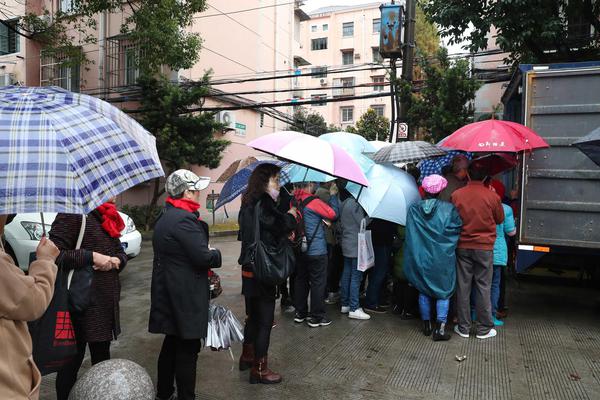 Semiconductor HS code verification
Semiconductor HS code verification
173.38MB
Check Industry-specific tariff code reference
Industry-specific tariff code reference
472.39MB
Check HS code-based inventory forecasting
HS code-based inventory forecasting
241.43MB
Check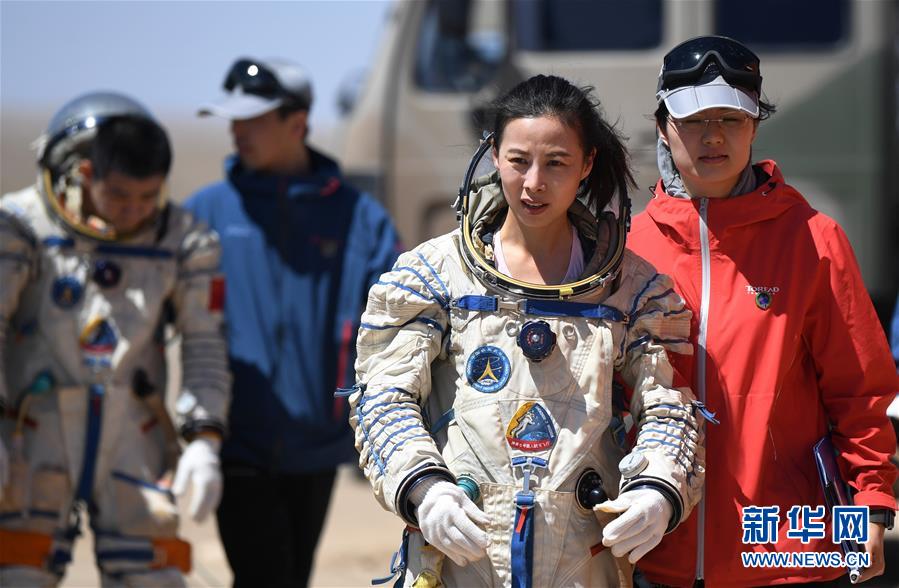 How to track shipment delays
How to track shipment delays
466.13MB
Check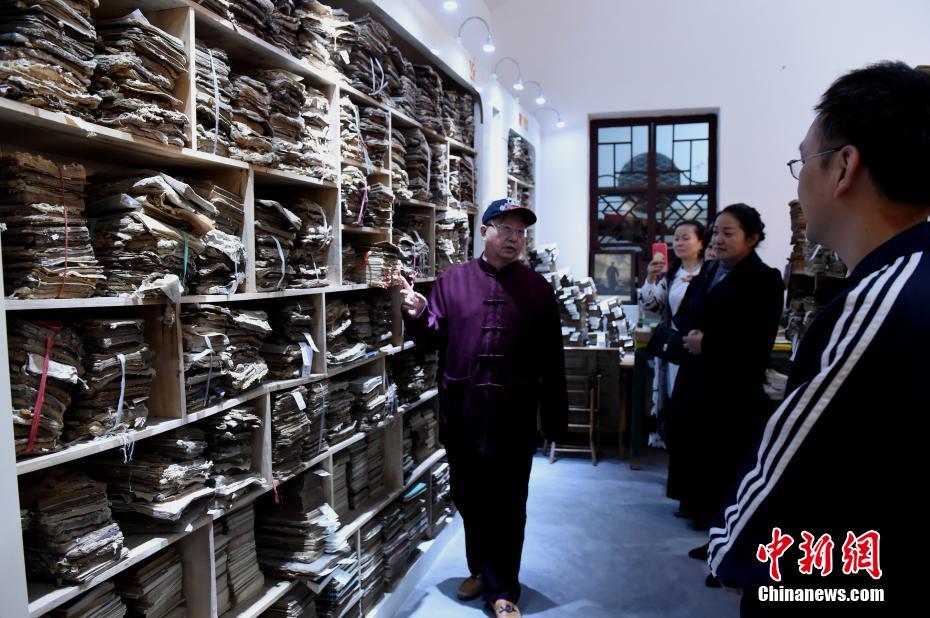 Real-time cargo utilization metrics
Real-time cargo utilization metrics
629.97MB
Check HS code verification for exporters
HS code verification for exporters
964.88MB
Check Trade intelligence for emerging markets
Trade intelligence for emerging markets
499.17MB
Check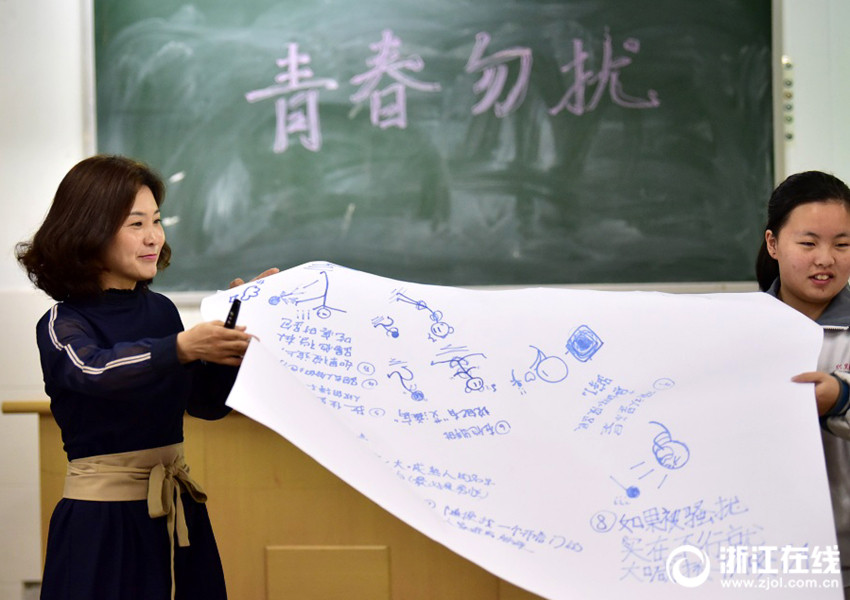 Global import export freight indexes
Global import export freight indexes
641.42MB
Check Global trade credit risk analysis
Global trade credit risk analysis
114.34MB
Check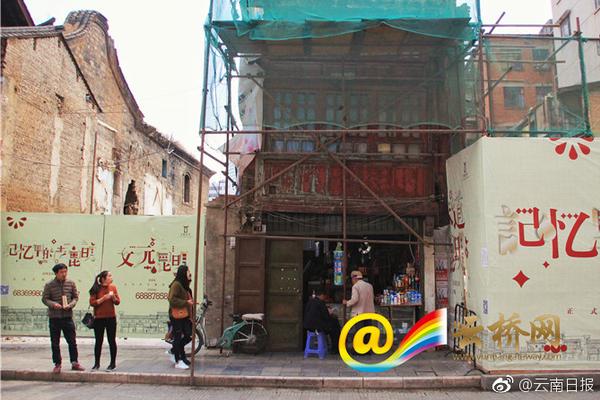 West African HS code trade guides
West African HS code trade guides
666.47MB
Check Predictive container utilization analytics
Predictive container utilization analytics
276.57MB
Check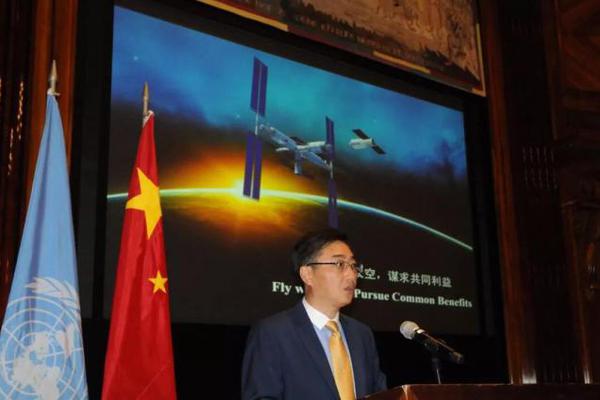 Dairy sector HS code forecasting
Dairy sector HS code forecasting
839.58MB
Check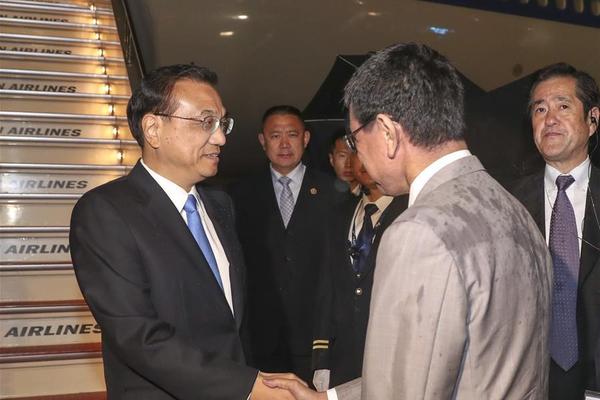 How to manage complex customs laws
How to manage complex customs laws
989.41MB
Check Supplier compliance audit automation
Supplier compliance audit automation
134.63MB
Check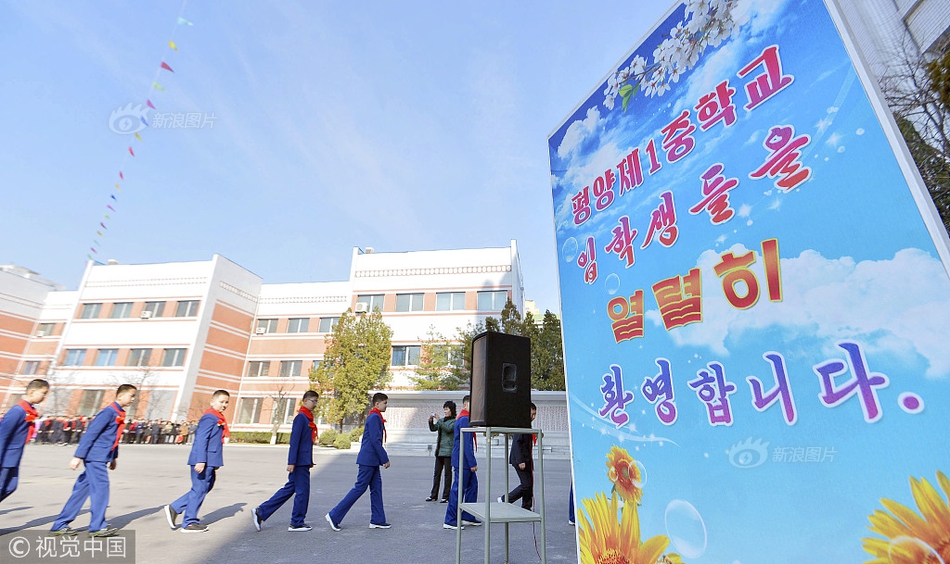 Real-time cargo tracking solutions
Real-time cargo tracking solutions
834.85MB
Check HS code-based scenario planning for exports
HS code-based scenario planning for exports
731.96MB
Check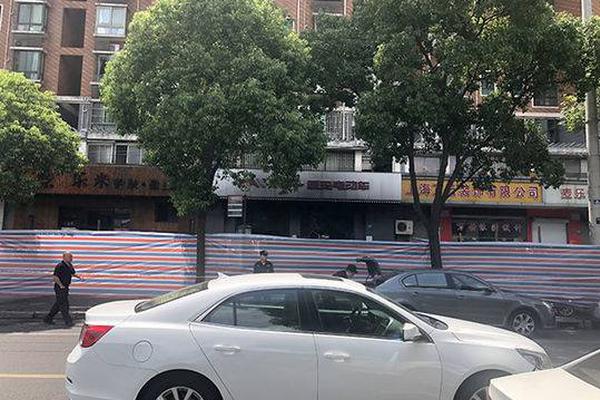 How to comply with origin rules
How to comply with origin rules
373.33MB
Check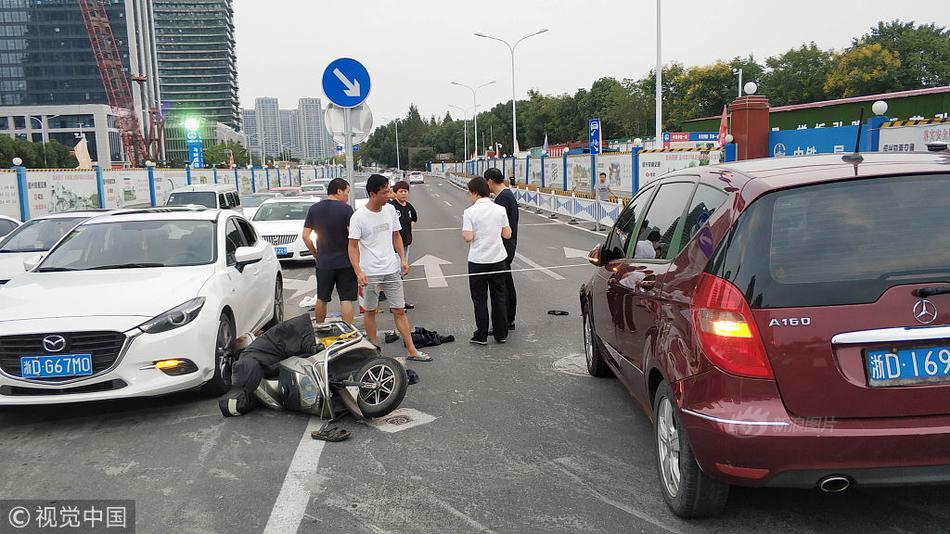 Chemical HS code alerts in EU markets
Chemical HS code alerts in EU markets
356.99MB
Check Data-driven trade invoice verification
Data-driven trade invoice verification
579.37MB
Check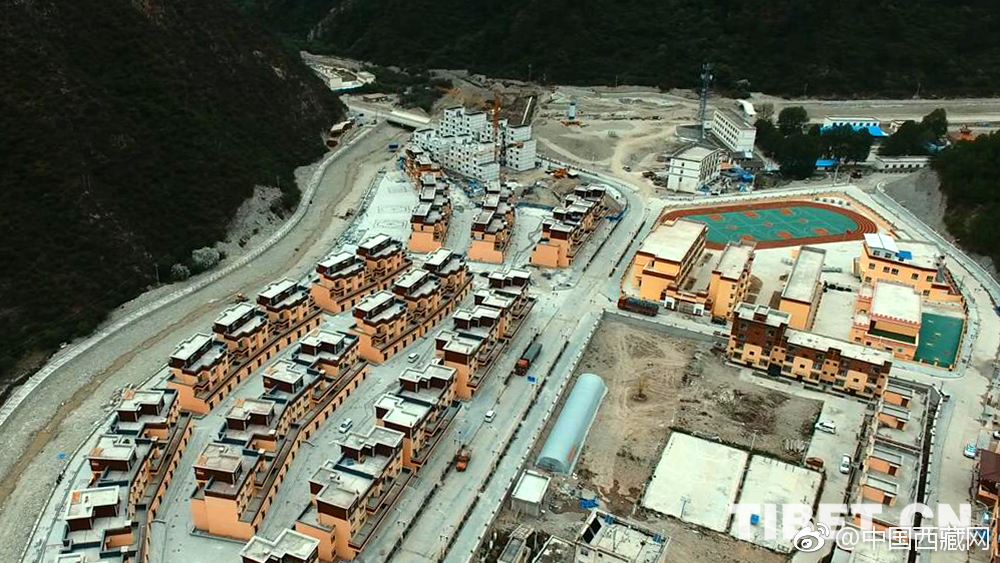 Global trade risk heatmaps
Global trade risk heatmaps
631.77MB
Check Real-time HS code data integration
Real-time HS code data integration
939.36MB
Check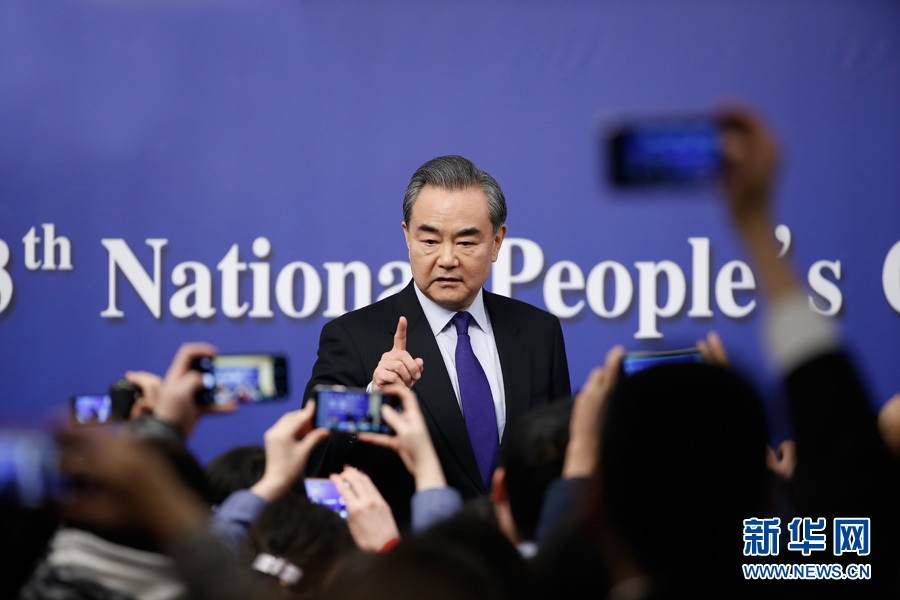 HS code-driven import quality checks
HS code-driven import quality checks
998.63MB
Check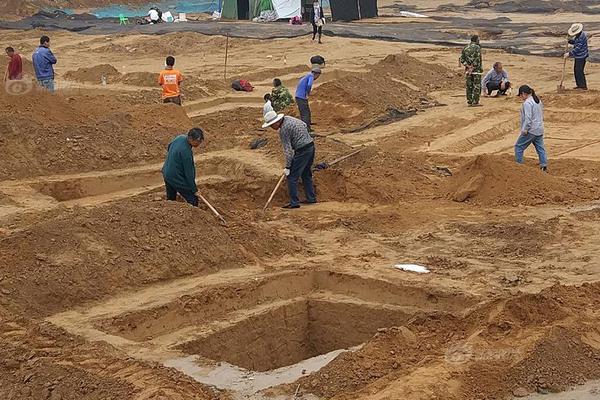 Top-rated trade data platforms
Top-rated trade data platforms
441.61MB
Check Cost-benefit analysis of export markets
Cost-benefit analysis of export markets
938.76MB
Check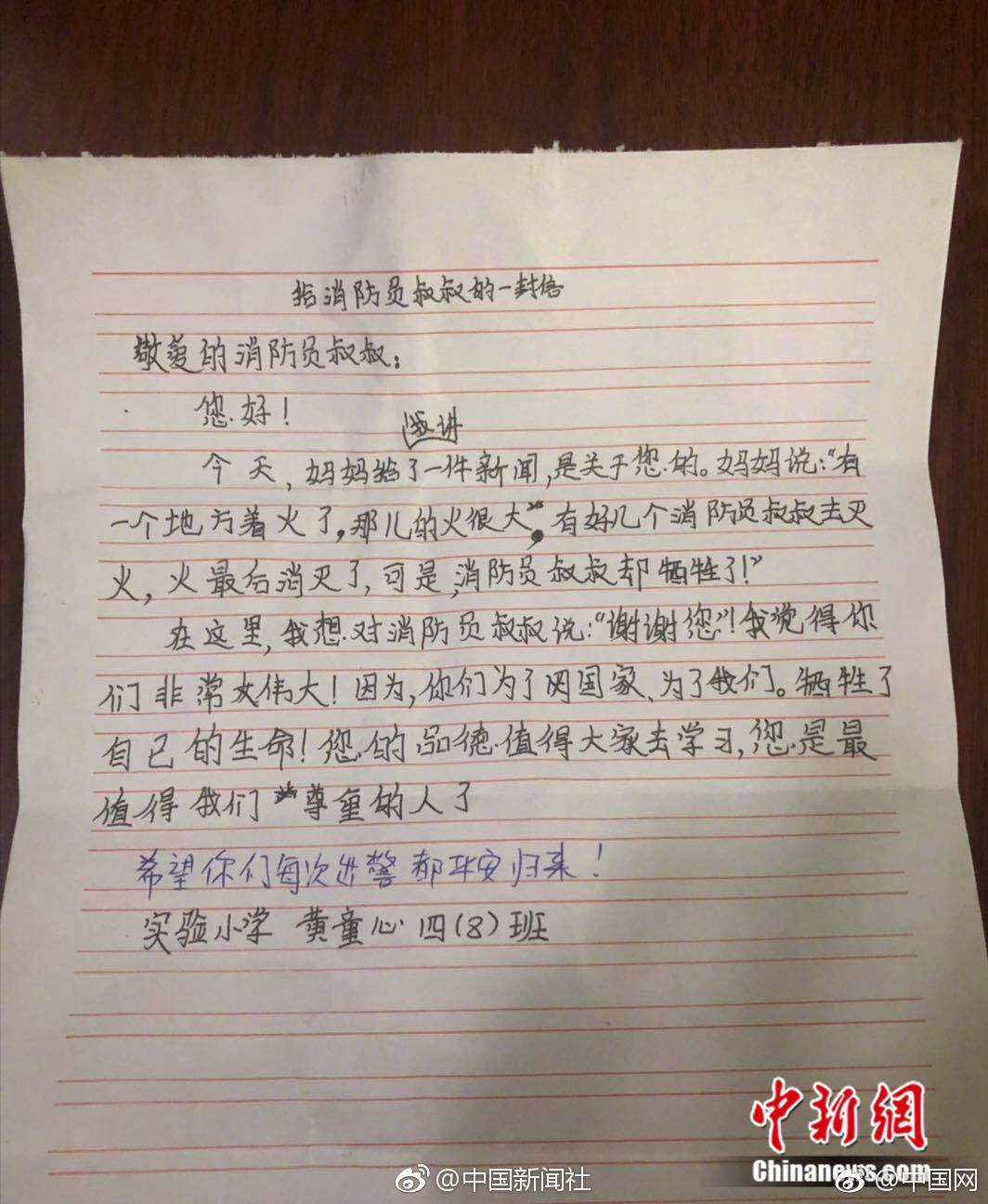 How to comply with export licensing
How to comply with export licensing
367.64MB
Check Asia trade analytics platform
Asia trade analytics platform
669.37MB
Check Global trade claim management
Global trade claim management
997.35MB
Check How to interpret global trade indicators
How to interpret global trade indicators
995.56MB
Check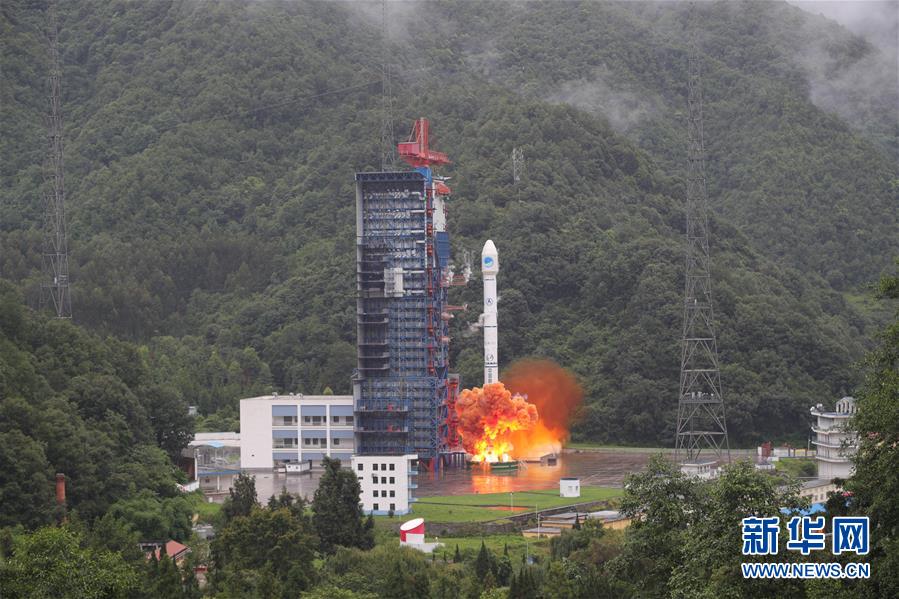 Trade data for logistics companies
Trade data for logistics companies
381.61MB
Check Trade finance structuring by HS code
Trade finance structuring by HS code
973.78MB
Check HS code-based forecasting for raw materials
HS code-based forecasting for raw materials
468.75MB
Check Trade data for raw materials
Trade data for raw materials
393.39MB
Check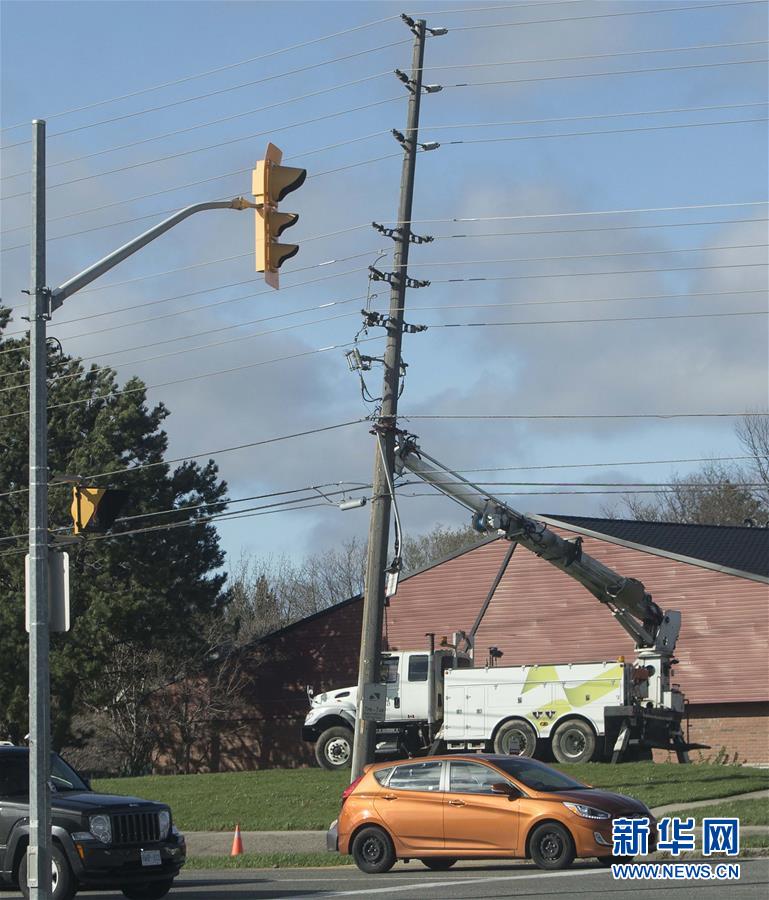 Precision instruments HS code verification
Precision instruments HS code verification
227.68MB
Check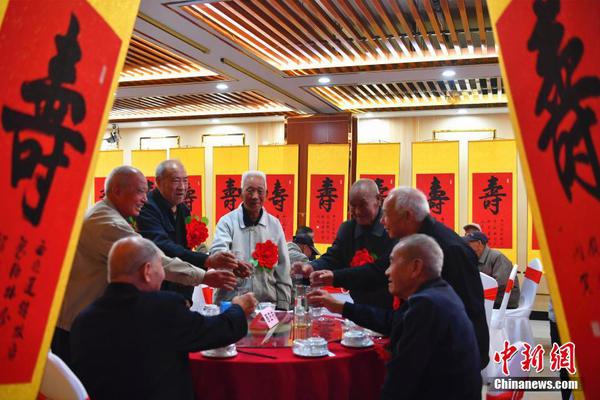 Country trade missions and HS code references
Country trade missions and HS code references
612.72MB
Check HS code intelligence in freight auditing
HS code intelligence in freight auditing
968.51MB
Check
Scan to install
Advanced customs data integration to discover more
Netizen comments More
1213 Industrial adhesives HS code mapping
2024-12-24 00:15 recommend
1961 Japan customs transaction analysis
2024-12-23 23:30 recommend
704 Trade intelligence for emerging markets
2024-12-23 23:10 recommend
2291 HS code consulting for exporters
2024-12-23 23:09 recommend
1063 HS code alignment with sustainability targets
2024-12-23 23:02 recommend